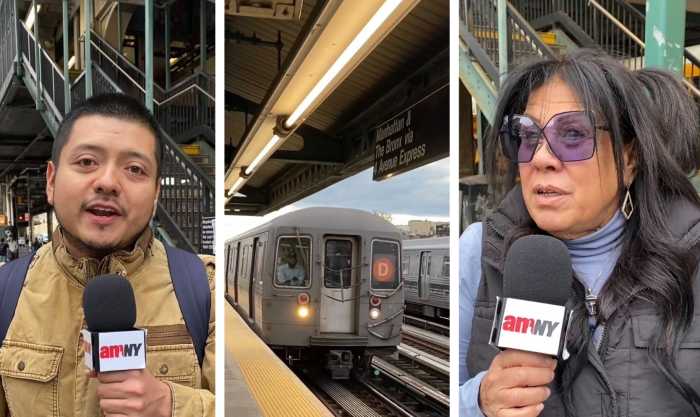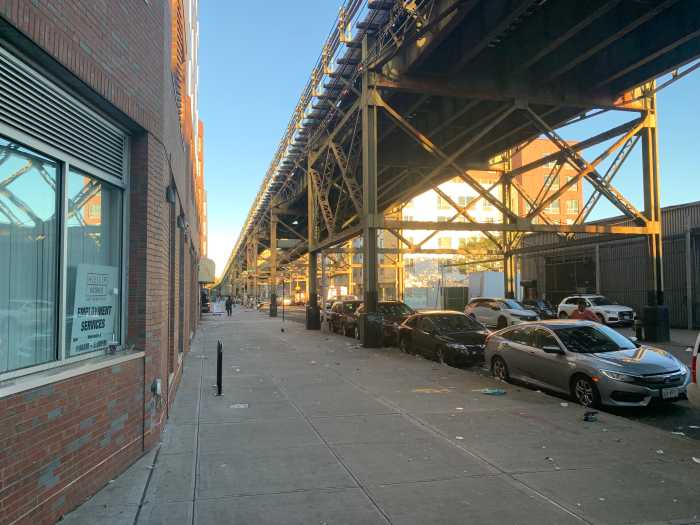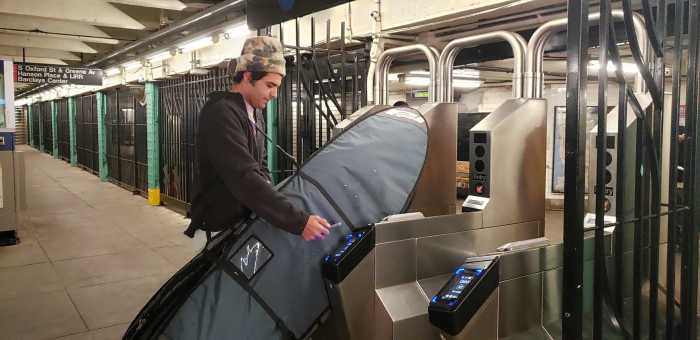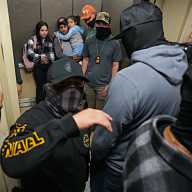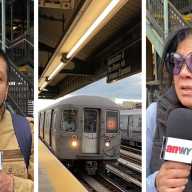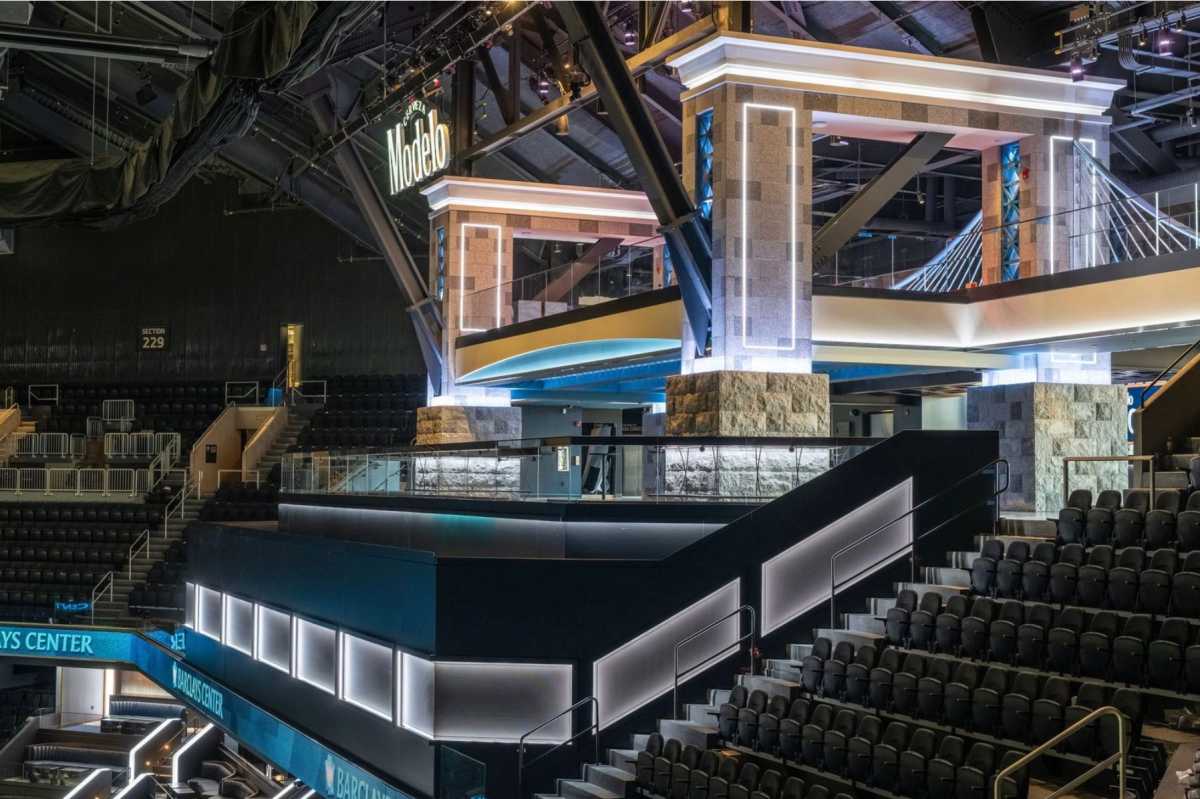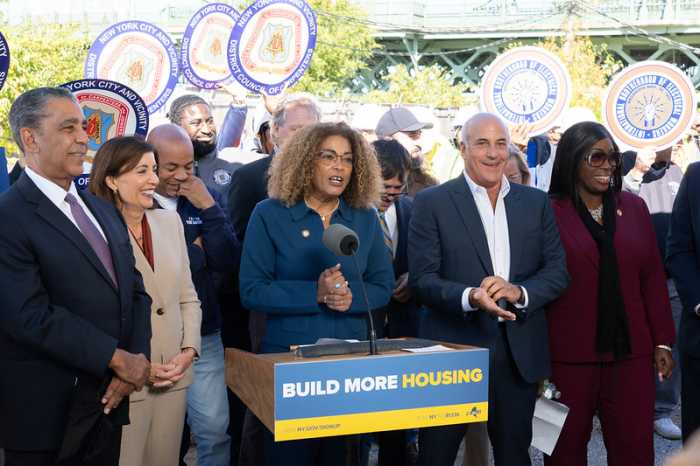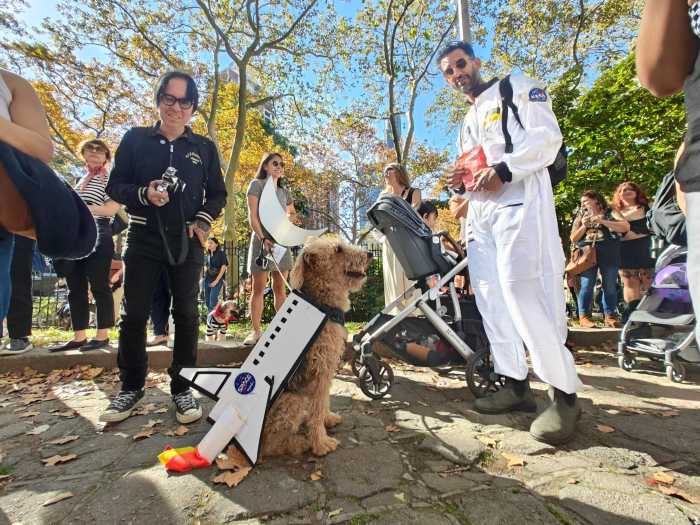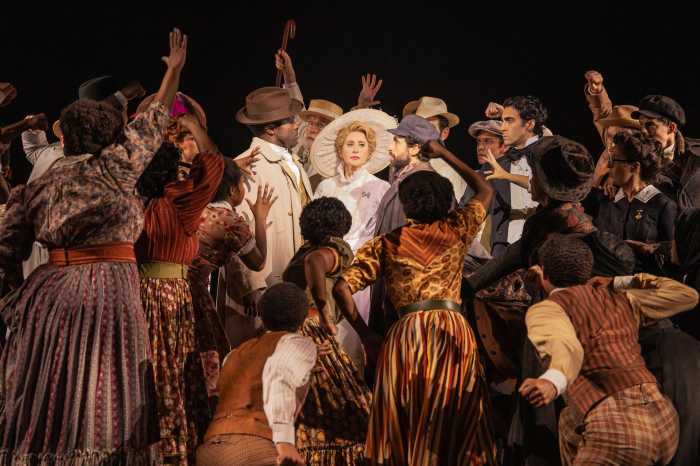It’s a big league question, whether President-elect Donald Trump’s New York ties will have any meaningful impact on mass transit funding in the city.
As more of the country’s population moves toward cities, the question of where Trump’s infrastructure priorities lie is increasingly important, experts said.
New York City is anticipated to balloon from a population of 8.5 million to more than 9 million by 2040. Since 1990, the city has already added 1.2 million residents.
Sights are set on the next administration when it comes to a plan for supporting this growth.
Sen. Chuck Schumer, the Senate minority leader and a vocal transit advocate, late last month pushed the incoming administration to outline a clear trillion-dollar infrastructure deal within the first 100 days of office.
“It’s plain to see, New York’s infrastructure is falling apart,” said Schumer at the time. “That’s why we need to pave the way for real infrastructure funding that revives our economy, ensures public safety and takes the local taxpayers off the hook for billions of dollars in past neglect. The first 100 days of this new Administration could provide us with a real shot at fixing New York’s aging sewers, roads and bridges. Though the devil is in the details, it is clear that New York is ready, willing and able to make these repairs, we just need the funding to get the job done.”
Trump’s camp has bandied about transit and infrastructure strategies ranging from $550 ‘billion to a trillion dollars. But, with Trump’s inauguration less than a month away, it’s not known if infrastructure funding will more closely focus on road projects in the rural states that carried the president-elect to victory. Or will Trump, with his city roots as a developer, have a greater appreciation for mass transit?
David Birdsell, dean of the Austin W. Marxe School of Public and International Affairs at Baruch College, said he’s not confident Trump is talking trains when he touts future infrastructure investments.
“Donald Trump is not a subway rider,” said Birdsell. “Obviously he’s aware of the importance of transit as a developer but he could fly, limousine and helicopter his way around those problems in ways that others can’t.”
New York, then, risks getting flown over as it looks for billions in federal dollars needed for regional projects in the near term. Among the critically important are the Gateway tunnel project to increase Amtrak and NJ Transit access to Pennsylvania Station. The $24 billion project would rehabilitate and expand the 100-yead-old Hudson River tunnels and bridges that were severely damaged by Hurricane Sandy.
There’s also the massive, $10.2 billion East Side Access project to bring the Long Island Rail Road to Grand Central Terminal.
Elected officials and the heads of regional transit agencies have remained hopeful that the city will get a fair shake, reasoning that Trump’s background comes with an understating that density depends on transit.
“I spoke to President-elect Trump to congratulate him after he was elected and one of the first things he went to was infrastructure because he’s a builder, and his point was we don’t build anymore,” Cuomo said on Sunday, during a radio interview. “He pointed out that we do build in New York and he’s coming up with a big infrastructure program.”
When asked, MTA Chairman Tom Prendergast, an appointee of Cuomo, said that he was “excited” about what a Trump presidency could mean for his agency that moves nearly 9 million people per day — about a third of all transit riders and two-thirds of all commuter rail riders in the nation, according to New York City data.
Owen Gutfreund, associate professor of urban affairs and planning at Hunter College, said some of that optimism must be taken with a grain of salt.
“Trump’s track record is that he’s a bully and no one wants to cross him when they might be able to come out OK,” Gutfreund said. “They don’t want to put a target on their back.”
Trump’s transition team did not respond to requests for comment.
Still, “he promised to shake things up,” Gutfreund said, “so even though infrastructure spending is a very elaborately developed system at work that has all kinds of flaws, it’s not going to be easy to change. If he’s going to try to disrupt it, it’s hard to tell how that’s going to work because he’d need Congress’ cooperation to do so.”
That could be the real roadblock. Republican lawmakers, especially those from rural parts of the country, have historically been reluctant to support federal funding for urban transit initiatives.
“We’re already a majority urban population with rural America dwindling to a tiny fraction of Americans,” Birdsell said. “But of course when you get two Senate seats, irrespective of populations, you have a very daunting challenge to ensure that resources will flow in a reasonably equitable way between the population centers on the coasts and the large expanses of the middle of the country — where you have many fewer people but a lot bigger Senate representation.”



